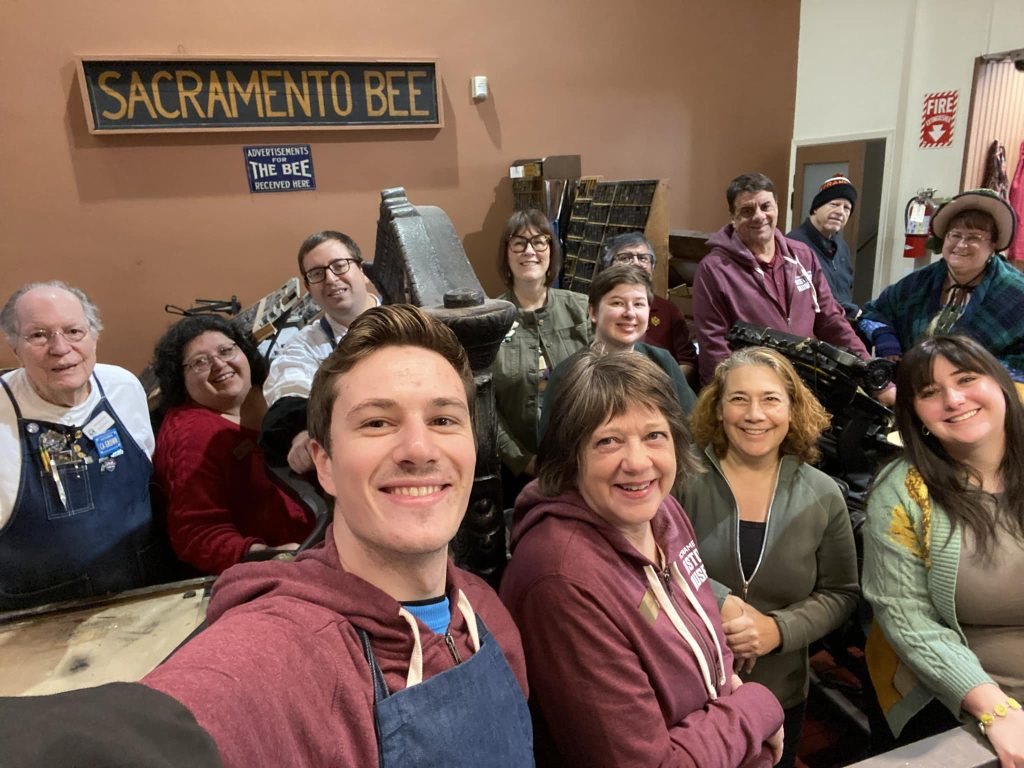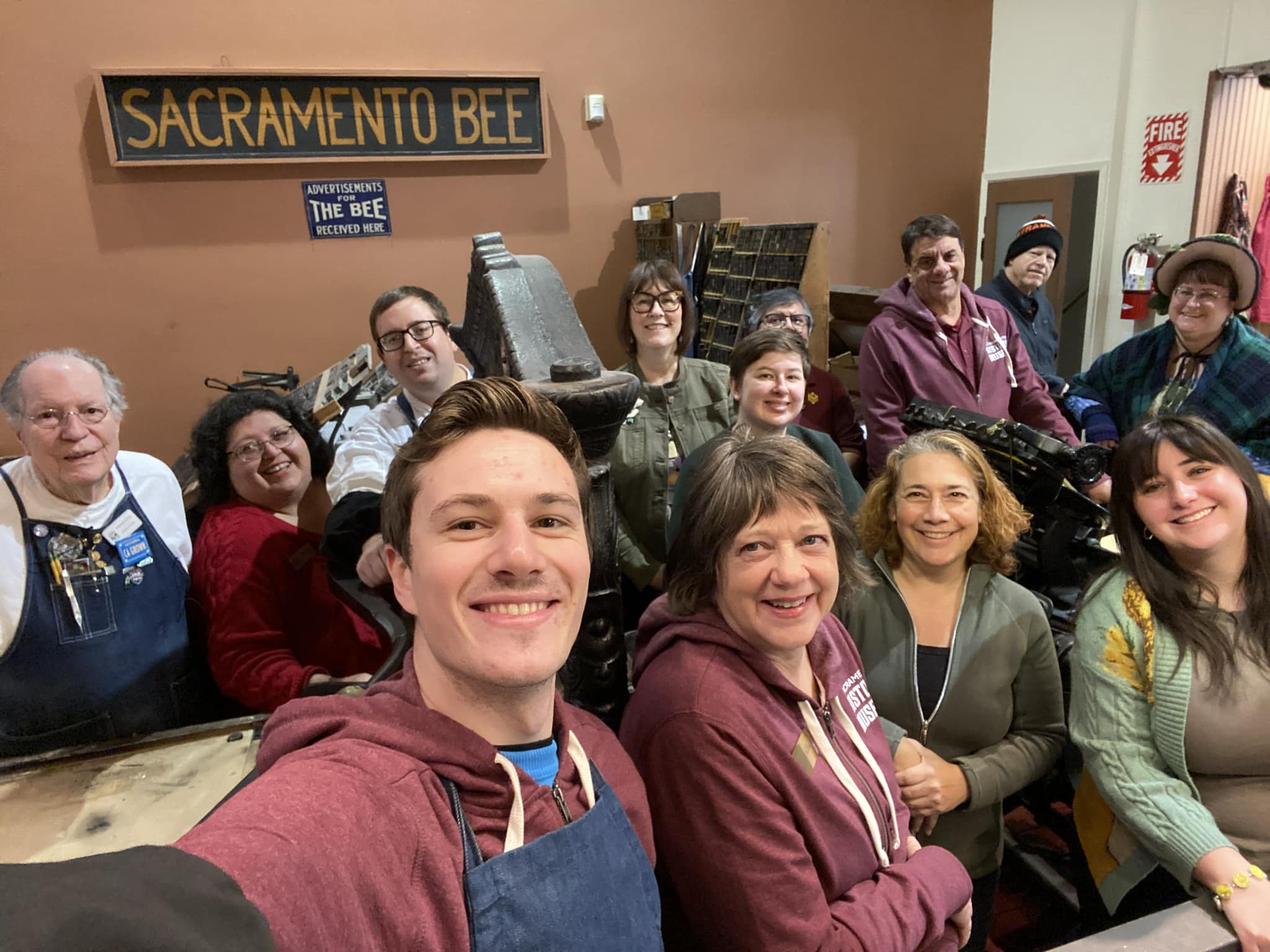
Museum Highlighting the History of the Proud Boys Set to Open in Washington, DC

Satirical Announcement Sparks Conversation on Politics, Museums, and Misinformation
On April 1, a humor-filled and heavily satirical article circulated online claiming that former President Donald Trump plans to establish a “Museum of the American Proud Boy” on the National Mall. The piece, published by Hyperallergic — a well-known arts magazine that often blends satire with insightful cultural commentary — is a parody clearly timed for April Fool’s Day. Despite its fictitious premise, the article addresses serious real-world themes such as political polarization, historical narratives, misinformation, and the role of cultural institutions in shaping national identity.
What Was Claimed in the Article?
According to the satire, Trump announced the creation of the museum early on April 1 via a post on Truth Social and an impromptu phone interview. The article mocks Trump’s past rhetoric and authoritarian tendencies by referencing an imaginary constitutional “Nobody Will Stop Me” loophole. It also humorously names controversial tech figures Elon Musk and Mark Zuckerberg as collaborators, suggesting that the National Mall’s “phallic” symbolism makes it the proper site to “restore” American exceptionalism.
The museum’s fictional exhibits included:
– A glass-walled “exhibit” featuring the January 6 Capitol rioter known as the “QAnon Shaman”
– “Salt crystals” from the tears of Columbia University protesters
– A recast version of a melted Robert E. Lee statue
– Jeff Koons’s iconic Balloon Dog sculpture
The article further adds satirical depth by naming Gavin McInnes — founder of VICE and co-founder of the far-right Proud Boys — as the museum’s chief curator. Trump’s supposed partnership with El Salvador’s President Nayib Bukele for “cheap labor” is presented with emojis and tongue-in-cheek flair, accentuating the absurdity.
Parody With Purpose
While obviously comical and fictional, the article mirrors actual political and cultural anxieties:
1. The Politicization of Museums:
The article touches on the tension between historical objectivity and political agendas, especially in public institutions. Debates over the presentation of Confederate monuments, slavery, colonialism, and race in American museums have grown prominent in the past decade. The satire challenges what versions of history are preserved and who gets to decide.
2. The Continued Fallout from January 6:
Referencing the Capitol invasion and elevating figures like the “QAnon Shaman” harks back to discussions on how participants in the insurrection are interpreted—criminals to some, martyrs to others. The fictional exhibit remarks on the absurdity of glorifying such individuals.
3. “Post-Woke” Backlash:
By lampooning the term “post-Woke identity” and leveraging fictional terms like “more bigly-built buildings,” the piece critiques the increasing backlash against diversity, equity, and inclusion efforts in the arts and academia.
4. Elon Musk, Mark Zuckerberg, and Tech Dystopias:
Including tech magnates in the fake museum’s planning process reflects broader concerns about their real influence over public discourse, misinformation, and freedom of expression in digital spaces.
5. Media Literacy and Satire:
As with all effective satire, the article challenges readers to differentiate fiction from reality. Hyperallergic’s core audience is likely to recognize the piece as satire. However, in today’s media ecosystem where misinformation spreads quickly, such pieces can easily be misinterpreted when shared out of context.
Understanding the Real Proud Boys
The real-life Proud Boys organization was founded in 2016 by Gavin McInnes. It has been designated a hate group by the Southern Poverty Law Center and is currently listed as a terrorist entity in Canada, McInnes’s home country. Members of the group played a significant role in the storming of the U.S. Capitol on January 6, 2021. Many of them have since been arrested and sentenced.
The group’s core ideology mixes misogyny, anti-immigrant beliefs, and white nationalism, posing a stark contrast to democratic principles and inclusive narratives of American history. The satirical proposal of a museum “honoring” the Proud Boys serves as a biting critique of historical revisionism and glorification of fringe extremism.
Conclusion: The Power and Responsibility of Satire
The Hyperallergic parody is not simply humorous; it provides a lens through which readers can examine how history is remembered and rewritten. It reflects ongoing tensions in American society about race, power, truth, and identity.
As satire continues to be a meaningful form of political critique, its power lies in revealing underlying truths — not by telling the truth directly, but by exaggerating fiction to absurd proportions. The “Museum of the American Proud Boy” will never exist, but the societal issues it satirizes are very real and merit continued conversation, reflection, and vigilant civic engagement.